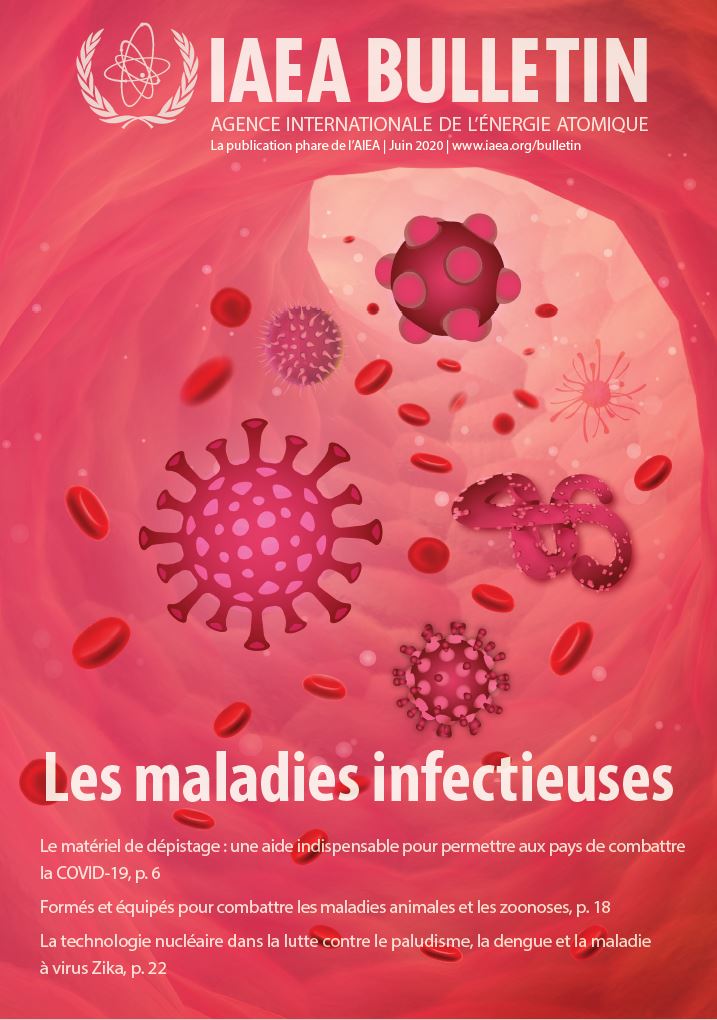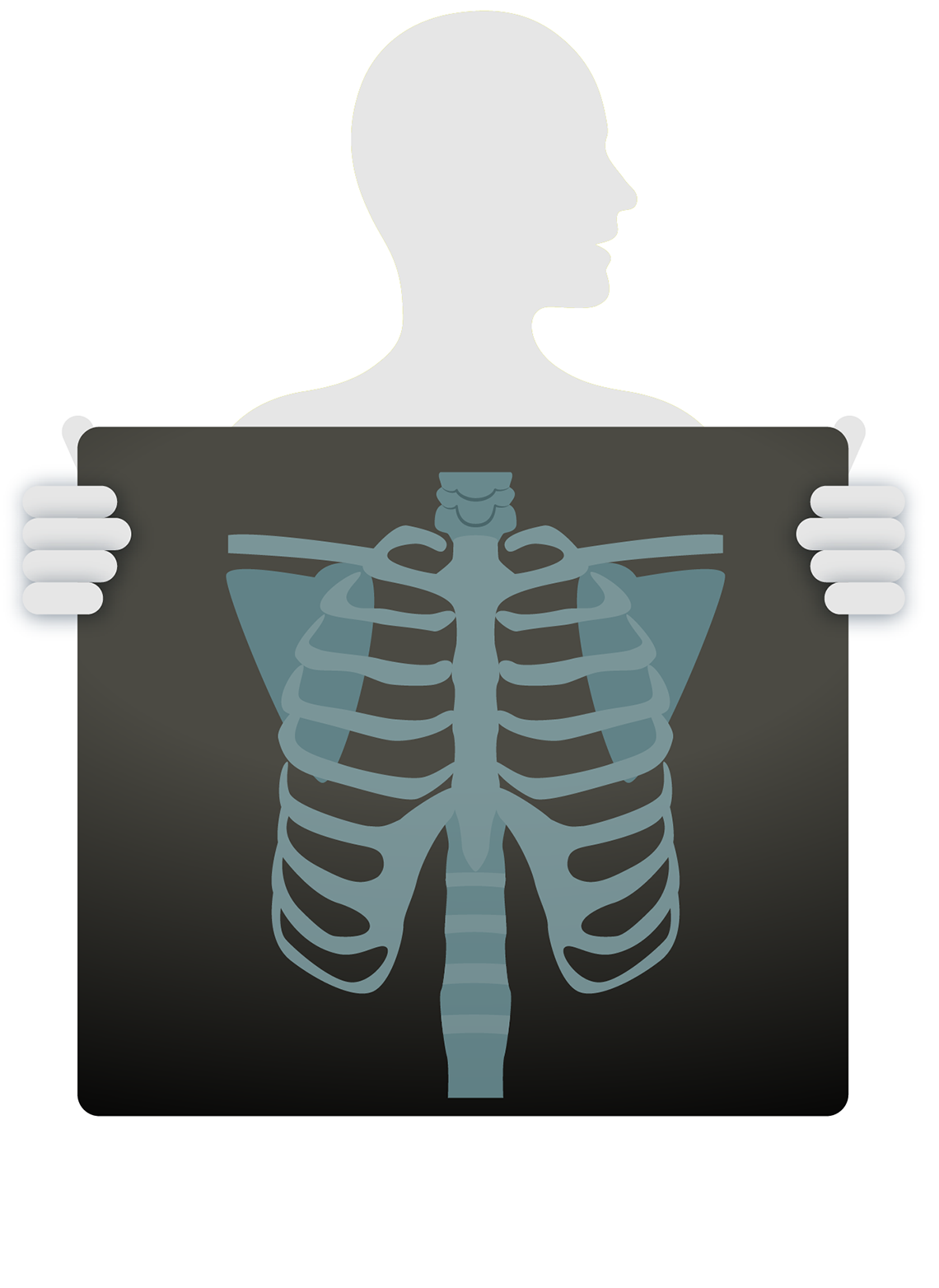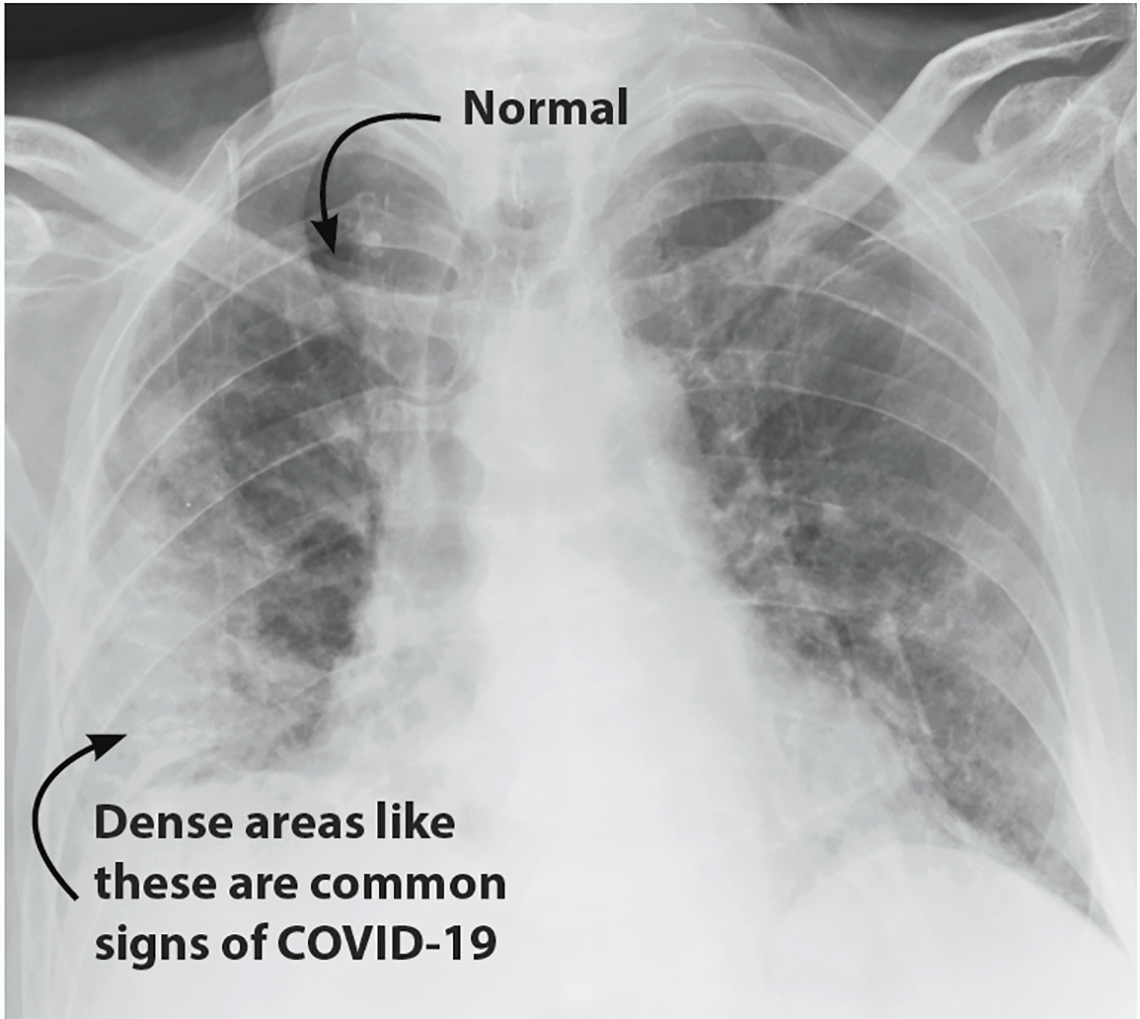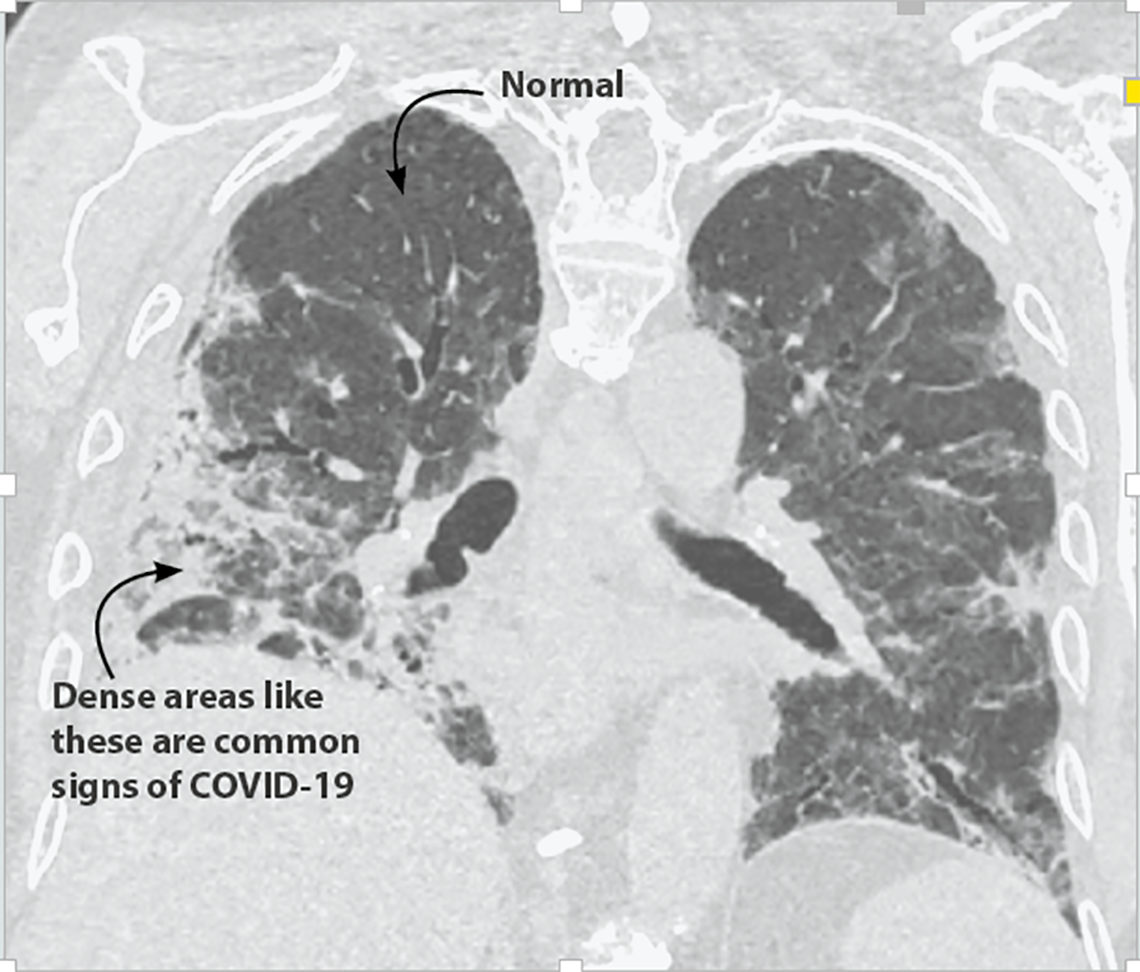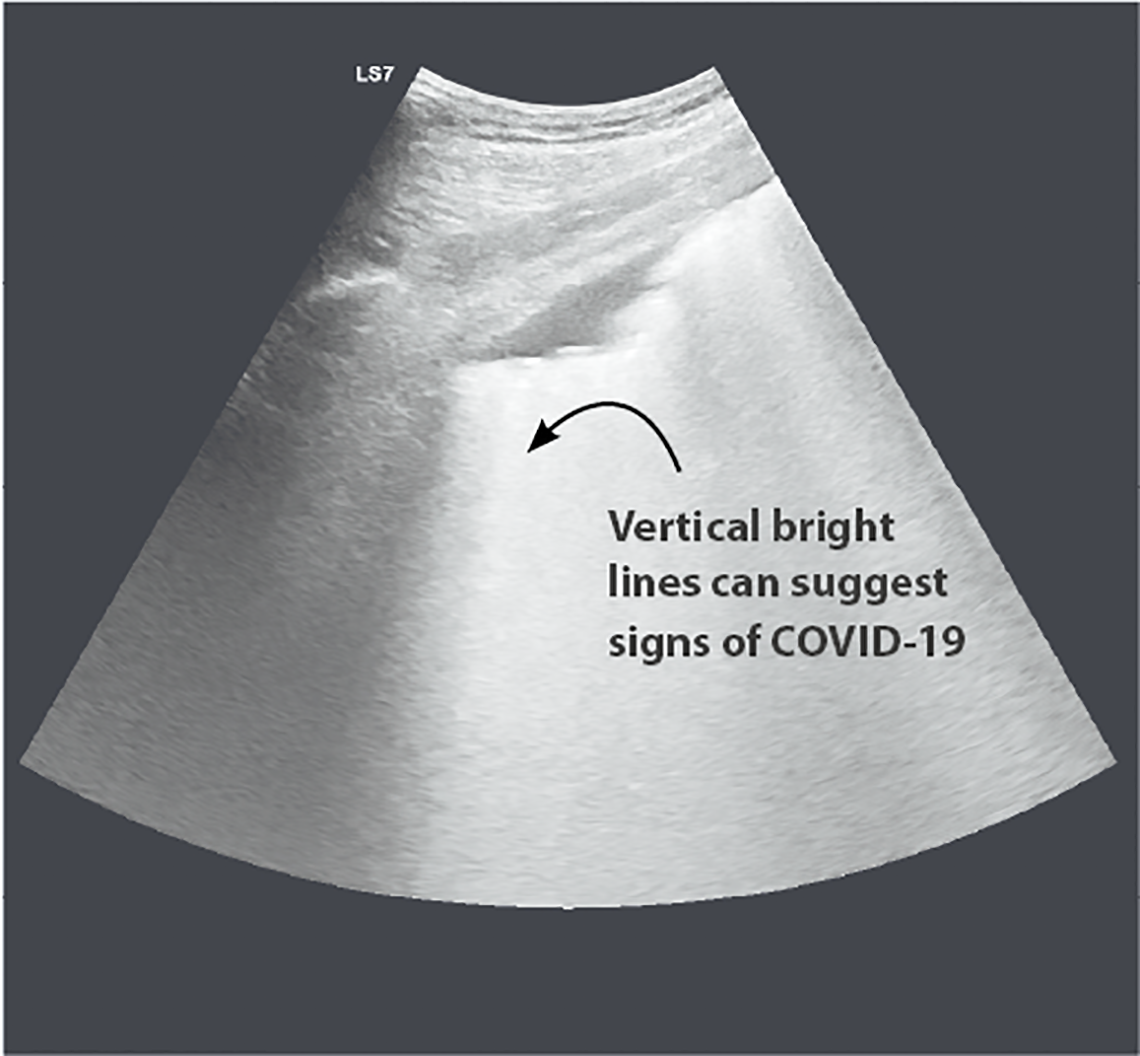Since the global spread of COVID-19 began in early 2020, health professionals have had to adapt and improve how they use these techniques to ensure that they are justified, appropriate and safe for diagnosing the disease.
“Radiologists and other imaging specialists have had to figure out which procedures to use for COVID-19 and when, how to accurately analyze and identify the disease’s symptoms in medical images, and how to adapt their work to protect staff and patients from infection while continuing to provide other essential and critical health services,” Pellet said.
They have also had to stay vigilant about striking the right balance: using too little radiation makes the images unclear, but too much puts the patient at risk of receiving an unnecessary dose of radiation. Similarly, taking more scans than needed means unnecessary exposure, while too few could mean missing out on critical information to help a patient.
“Any time radiation is used in medicine, it needs to be justified and optimized to ensure that the procedures are effective, while also keeping patients and workers safe,” said Miroslav Pinak, Head of the Radiation Safety and Monitoring Section at the IAEA. “During a pandemic situation, when normal procedures and workflows are interrupted, attention must be paid to continuing to maintain high standards of radiation protection while also integrating measures required to minimize the spread and impact of COVID-19.”
To support these efforts, the IAEA has provided health professionals with a wide range of resources, such as webinars, articles and technical guidance documents, related to COVID-19 and radiology, nuclear medicine and radiation protection.
